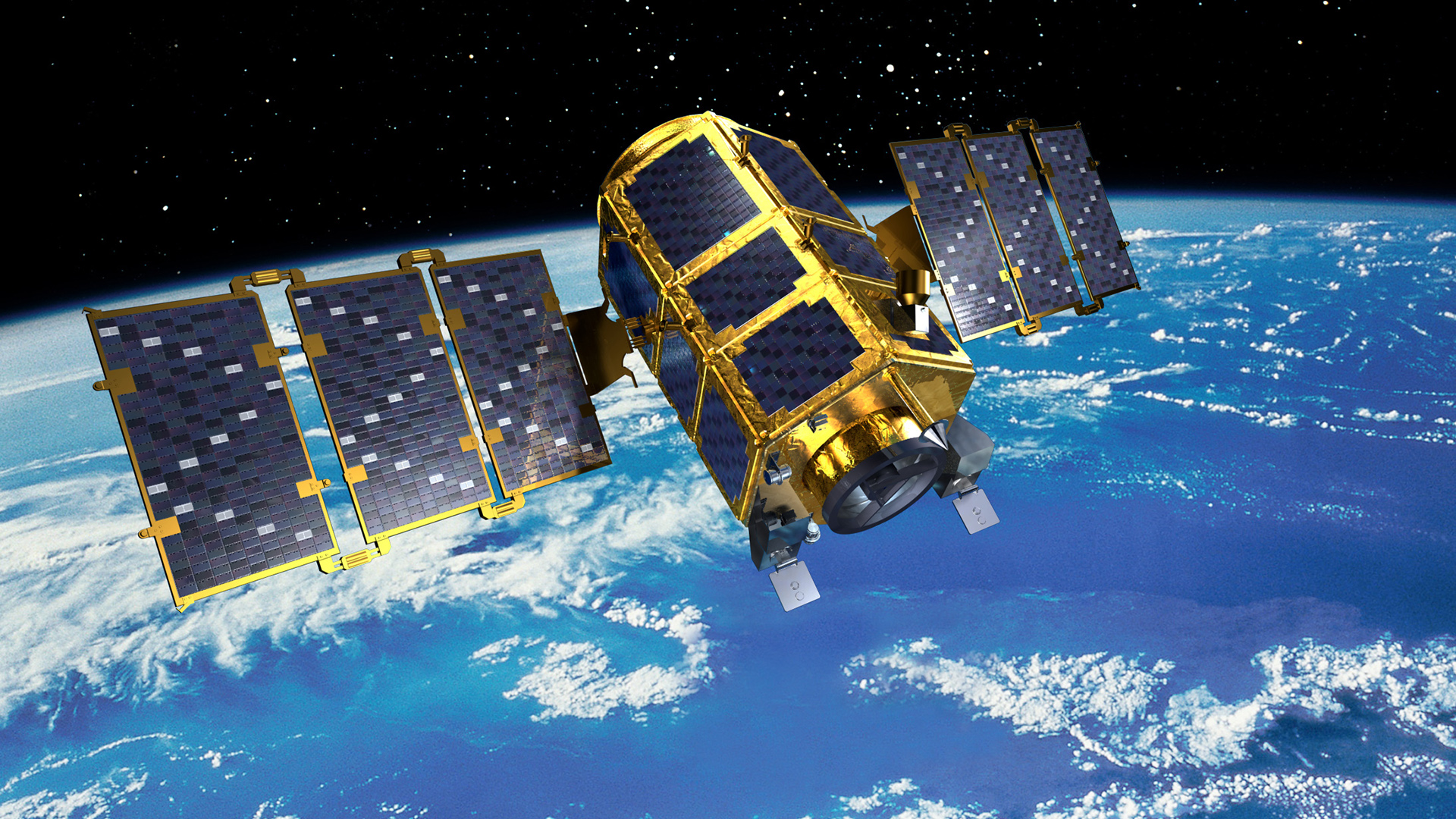
Multi-Layer Insulation for Satellite
The space environment where satellites are located outside the atmosphere is in many ways very barren. Sunlight reaches up to 120 ° C, while the opposite shaded area drops to -80 ° C. There is also a strong solar wind, and large and small floats, whether natural or artificial, collide very quickly. In this environment, satellites must effectively carry out their duties while saving as much power as possible. The onboard equipment must be kept at normal operating temperature and protected from external shocks, but the device to protect it must be small and light. An integrated technology of these functions is Multi-Layer Insulation (MLI). The insulation we commonly encounter around is called ‘resistive insulation’. It is a principle to prevent heat transfer by conduction based on heat resistance of material properties. The thicker the resistor, the better the performance. Such foamed styrofoam, which is commonly found in building insulation, and ceramic wool or glass mat, which are representative of high-temperature insulation materials, are resistance insulation materials that suppress conduction heat transfer. In order to achieve good performance, they have to be thick, and the weight increases as they become thick. High Nand Co., Ltd. researched how to solve the shortcomings of resistance type insulation using satellite insulation technology. MLI is a heat insulator that applies not only conduction suppression but also heat transfer by radiation. If you effectively suppress convective heat transfer, you can achieve thinner and lighter insulation than resistive insulation. It was developed in this way, Composite Multi-Layer Insulation (CMI). The space environment is very barren, but the temperature conditions of the barren environment are constant. On the other hand, the environment in various industries varies. In some cases, it may be below freezing temperature, and may need to be kept for a certain time in the room temperature area. High temperature ranges over 500 ° C can be easily seen, and even worse, 800 ° C and 1500 ° C may need to be considered. And there is convection that is not in space. Based on MLI technology, CMI is designed to deliver optimal performance through different composite configurations for these environments.